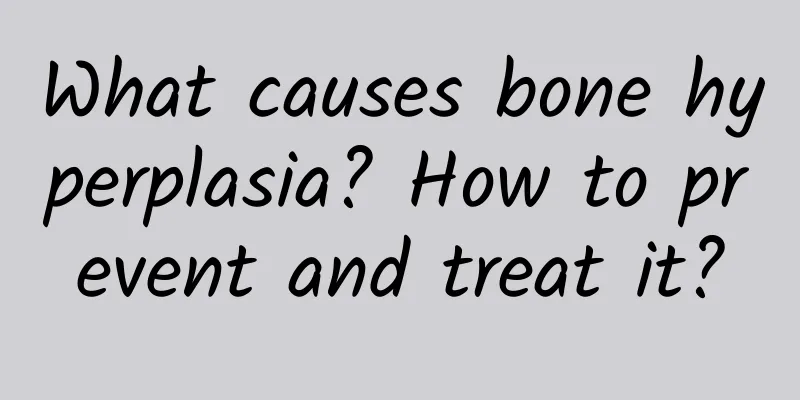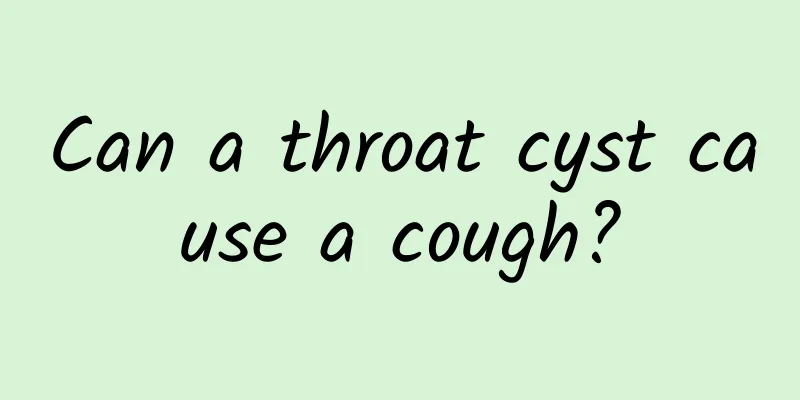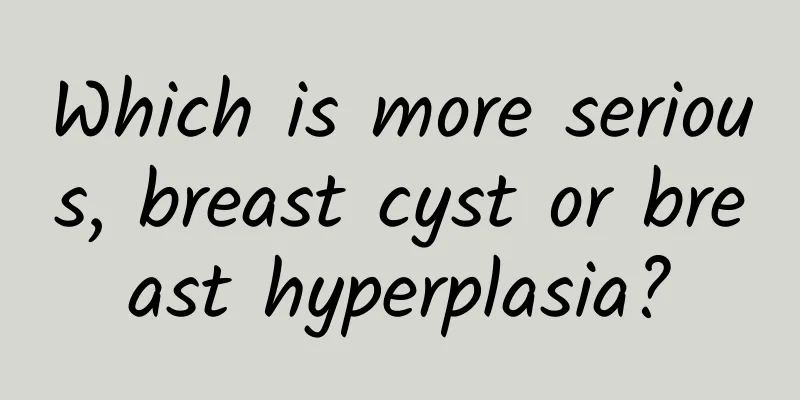Are there any symptoms of cervical spondylosis?

|
Cervical spondylosis may not always cause symptoms. Some patients may not feel any obvious discomfort, but others may experience neck pain, stiffness, and limited mobility. The onset of symptoms is related to the extent and location of the hyperplasia and individual differences. Treatments include medication, physical therapy, and lifestyle adjustments. 1. Causes of cervical vertebrae bone hyperplasia Cervical spondylosis is a common degenerative disease, which is mainly related to the following factors: Genetic factors: People with a family history of cervical spondylosis are more likely to develop bone hyperplasia. Environmental factors: Bad living habits such as long-term work with the head down, poor sitting posture, and lack of exercise will increase the risk of disease. Physiological factors: As we age, the water content of the cervical intervertebral disc decreases and its elasticity decreases, which can easily lead to bone hyperplasia. Trauma: External impact or long-term strain on the neck may also cause bone hyperplasia. Pathological factors: Diseases such as cervical spondylosis and osteoporosis may accelerate the process of bone hyperplasia. 2. Symptoms of cervical spondylosis Not all people with bone hyperplasia experience symptoms, but when the growth presses on nerves or blood vessels, it may cause the following problems: Neck pain: It manifests as continuous or intermittent pain that worsens during activity. Stiffness: Neck stiffness when getting up in the morning, relieved by movement. Limited movement: Difficulty turning the neck, possibly accompanied by a "cracking" sound. Symptoms of nerve compression: such as numbness and weakness in the arms, and in severe cases, dizziness and headaches may occur. 3. Treatment of cervical spondylosis Drug treatment: 1. Nonsteroidal anti-inflammatory drugs such as ibuprofen can relieve pain and inflammation. 2. Muscle relaxants such as chlorzoxazone help reduce muscle tension. 3. Neurotrophic drugs such as methylcobalamin can improve neurological function. Physical therapy: 1. Hot or cold compress: Hot compress can promote blood circulation, and cold compress can relieve acute pain. 2. Traction therapy: Reduce cervical spine pressure through traction. 3. Physical therapy: such as ultrasound, electrotherapy, etc. can relieve symptoms. Lifestyle Adjustments: 1. Maintain a correct sitting posture and avoid lowering your head for a long time. 2. Do appropriate exercises, such as cervical exercises, swimming, etc., to strengthen the neck muscles. 3. Use an ergonomic pillow to protect your cervical spine. Although cervical spondylosis is common, early intervention and scientific management can effectively alleviate symptoms and slow down the progression of the disease. If symptoms continue to worsen or affect daily life, it is recommended to seek medical attention in time for professional diagnosis and treatment. |
<<: What foods are forbidden to eat for breast cysts
>>: What is the cause of the pain in the back of my head?
Recommend
What is the function of the parietal lobe
The parietal lobe is an important area in the bra...
Do breast nodules include breast cysts?
Breast nodules and breast cysts are related but n...
Causes of perianal abscess
Perianal abscess is a common disease that may lea...
How to check for cystitis
Cystitis can be accurately diagnosed through symp...
How to perform surgery on breast cysts
Breast cyst surgery is mainly used to treat large...
Women should be alert to gallstones
Women often need to pay special attention to the ...
Thyroid nodule 2.5 cm
The nature of thyroid nodules 2.5 cm or larger ca...
How many days does it take for Norovirus to heal?
Norovirus infections usually resolve on their own...
What to eat when you have gallstones? What to eat when you have gallstones?
Patients with gallstones can eat celery, bitter g...
Can I take royal jelly if I have breast cyst?
Royal jelly can be consumed in moderation for bre...
How long should I rest after breast cyst surgery?
After breast cyst surgery, you usually need to re...
What causes gallstones in women
Gallstones are more common in women and are cause...
What foods are best for gallstones? What foods can you eat for gallstones?
What is the best food to eat for gallstones? What...
What should 70-year-old people pay attention to in their diet for gallstones?
People over 70 years old with gallstones should a...
The best way to check for breast cysts
When a breast cyst is found, the best way to chec...









